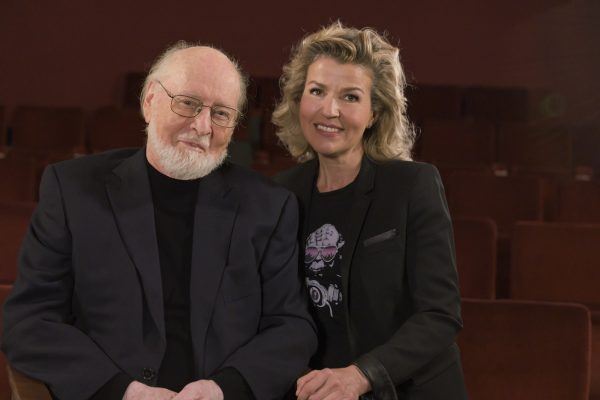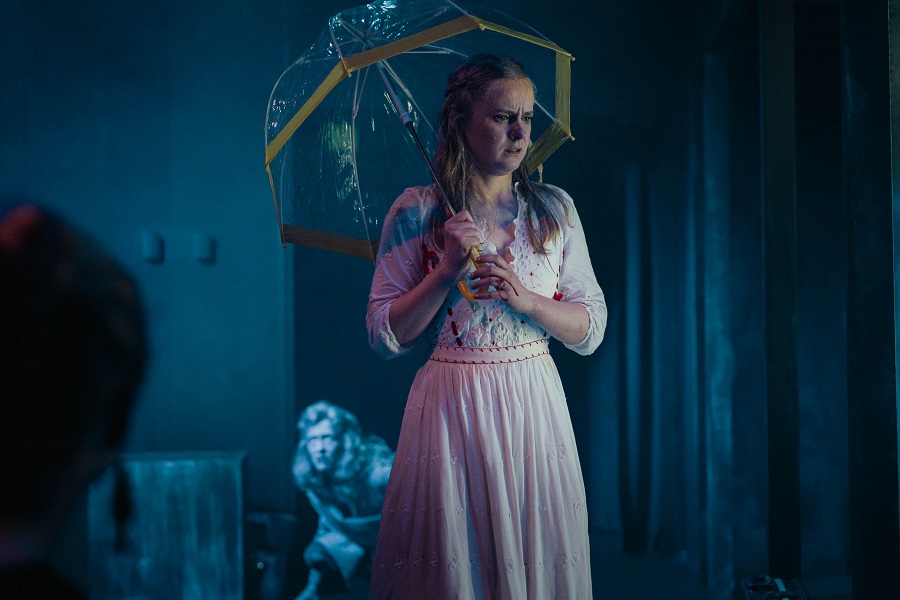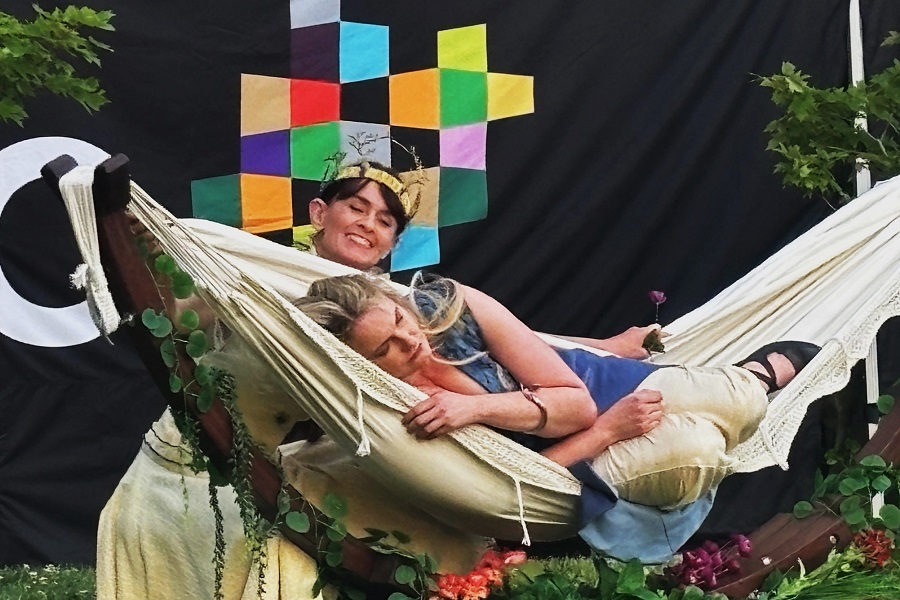
Music / “Anne-Sophie Mutter & the Music of John Williams”. At Sydney Opera House, November 9. Reviewed by ROB KENNEDY.
OFTEN going unnoticed, movie music plays a pivotal role in how we see films, but in the concert hall, it stands as tall and strong as any other music.
At the age of 13, violinist Anne-Sophie Mutter graced the stage with the prestigious Berlin Philharmonic, a performance that would catch the ear of the composer, John Williams. This serendipitous encounter marked the beginning of a special artistic collaboration between them.
With the Sydney Symphony Orchestra under conductor Simone Young, the concert began with Bernard Herrmann’s, “Vertigo: Suite”. This spellbinding music tells so much of the story of Hitchcock’s 1958 psychological thriller.
That menacing, disturbing sound that Hermann sets up to open “Vertigo” tells the whole story in sound, the struggle, the torment, and the deception. This music lunges at you like a menacing force. The large percussion bank of instruments filled the hall with tension as the action slides along with the two harps. The feelings of watching the movie came back so clearly with every swelling section.
In 2021, Mutter premiered the “Violin Concerto No. 2” by John Williams, which was specifically written for her. She played it again here. With an incredible seven players in the percussion section, and a harp centre stage in front of the conductor made for a dramatic visual aspect to the “Violin Concerto No.2”.
As soon as Young hits the podium, her baton is raised, and the orchestra is into it. A soft opening sounded before Mutter stepped in following that theme. The colour and motion soon began. But while Mutter could be heard, the volume was not loud. At times, it was a struggle to hear her.
While it had nothing to do with Mutter’s performance, trying to be heard above such a large number in the orchestra was not easy. Fortunately, there were many solo sections, and Mutter was thrilling.
As for the music, the best parts were written for Mutter. The orchestral music lacked direction. It needed something to hold it together. A reoccurring theme, a dynamic rhythm, something more than what it had. The audience sounded and looked restless. I can’t imagine this concerto becoming well-known music.
After the intermission “The Leopard: Suite”, by Nino Rota. Sounding like an Italian opera seria, this film music leaves nothing understated. Grand music for a grand movie.
Nigel Westlake’s “Flying Dreams”, from the movie “Paper Planes”, tells an airy story in more ways than one. Its aim is to represent the feeling of floating, and it does that while offering a sense of hope, strength and determination. It was powerful stuff.
Then Williams’ “Hedwig’s Theme”, from “Harry Potter and the Philosopher’s Stone”, 2001, followed by his music from “The Long Goodbye”, 1973. Two works that showed vastly different aspects of Williams’ long career. “Hedwig’s Theme”, was romantic and sentimental, for which Mutter returned. It tugged at the heart strings in an oh-so delicious way. It was the best work of the night.
The music for “The Long Goodbye”, jumps through many creative motives, as does the main character in this odd yet charming movie. Mutter gave it that eccentric expression required to bring out the strange things that happen in this film.
And then, two encores. The last from the movie “Schindler’s List”, left the audience enraptured.
Who can be trusted?
In a world of spin and confusion, there’s never been a more important time to support independent journalism in Canberra.
If you trust our work online and want to enforce the power of independent voices, I invite you to make a small contribution.
Every dollar of support is invested back into our journalism to help keep citynews.com.au strong and free.
Thank you,
Ian Meikle, editor




Leave a Reply